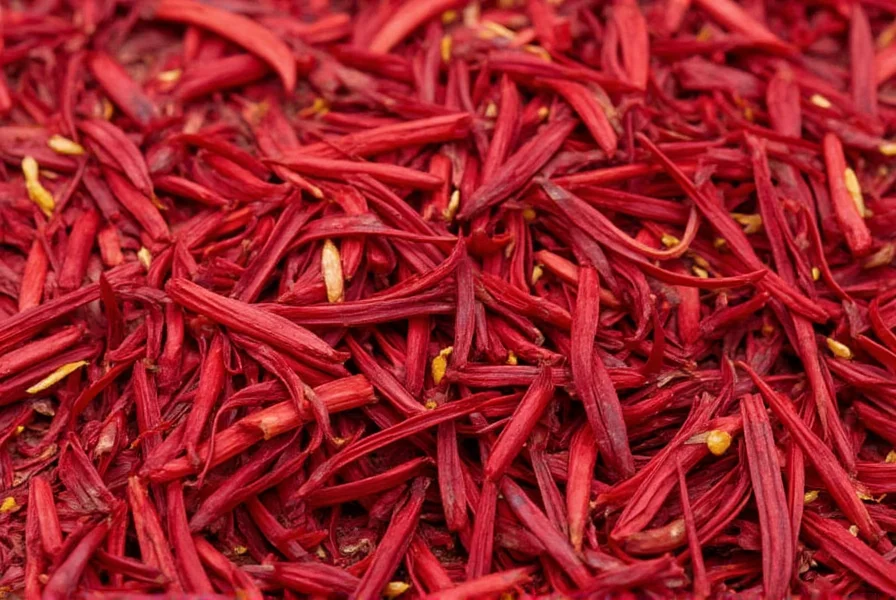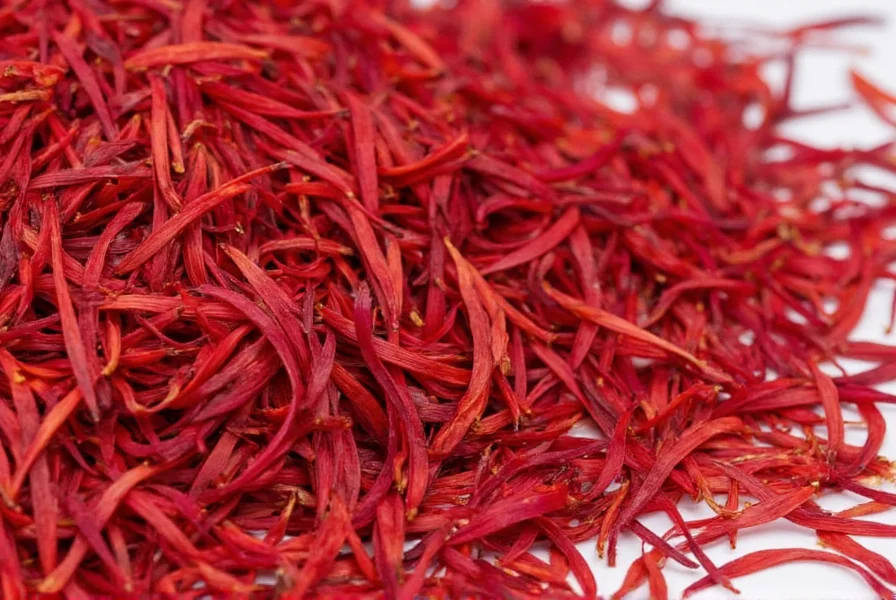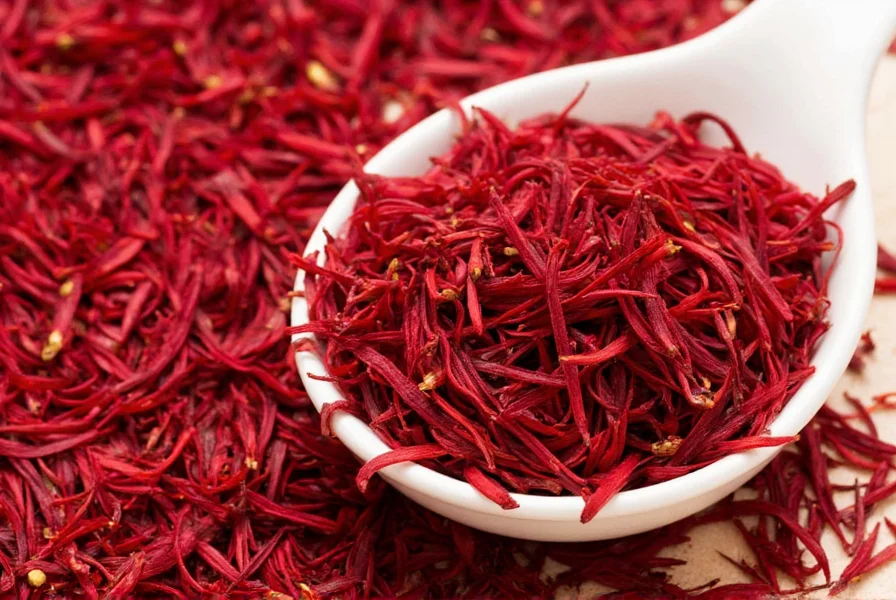When searching for where can I get saffron to buy, understanding the landscape of legitimate sources is crucial. Saffron's high value makes it one of the most frequently adulterated spices globally, with studies showing up to 50% of commercial saffron contains fillers or substitutes. This guide provides objective information to help you find authentic saffron without falling victim to common purchasing pitfalls.
Understanding Saffron Quality Grades
Before exploring where to buy saffron, familiarize yourself with quality indicators. The ISO 3632 international standard classifies saffron into four grades based on crocin (color), picrocrocin (taste), and safranal (aroma) content:
| Grade | Crocin (Coloring Strength) | Recommended Use |
|---|---|---|
| ISO 3632 Category I | >190 (highest) | Gourmet cooking, medicinal applications |
| ISO 3632 Category II | 150-190 | Everyday cooking, baking |
| ISO 3632 Category III | 110-150 | Industrial food production |
| Non-certified | <110 | High risk of adulteration |
Authentic saffron should display deep red threads with orange or yellow tips, never uniformly red. When purchasing, always request documentation verifying the ISO grade and country of origin.

Reputable Online Retailers for Saffron
For those searching where can I get saffron to buy from home, several online options provide quality products with proper verification:
- Specialty spice retailers - Companies focusing exclusively on spices often maintain rigorous quality control. Look for businesses that publish third-party lab test results and provide detailed origin information.
- Direct-from-farm platforms - Some Iranian and Spanish saffron producers now sell directly through e-commerce platforms, eliminating middlemen and providing traceability from harvest to consumer.
- Certified organic marketplaces - Platforms verifying organic certification often have stricter quality standards, though you should still verify saffron-specific credentials.
When evaluating online saffron suppliers, check for:
- Transparent pricing per gram (beware of "ounce" or "packet" pricing that obscures actual cost)
- Clear expiration or harvest dates
- Information about the specific region of origin (Kashmir, La Mancha, or Qaen)
- Customer reviews mentioning product authenticity tests
Physical Stores for Purchasing Saffron
For consumers preferring to inspect saffron before purchase, these brick-and-mortar options provide where to buy saffron locally:
- Specialty spice shops - These stores typically carry higher quality saffron than general grocery chains and staff often have product knowledge to answer questions about sourcing.
- International markets - Middle Eastern, Indian, and Mediterranean grocery stores frequently stock saffron, though quality varies significantly between stores.
- High-end grocery stores - Stores like Whole Foods, Eataly, and Dean & DeLuca often carry certified saffron, though at premium prices.
- Farmer's markets - Some regions with saffron cultivation (like parts of California) feature local producers at seasonal markets.
When purchasing saffron in physical stores, perform these quick authenticity checks:
- Visual inspection - Genuine saffron threads should be deep red with lighter orange or yellow tips, never uniformly colored.
- Water test - Place a thread in warm water; authentic saffron releases color gradually over 15-20 minutes, not immediately.
- Aroma check - Real saffron has a distinctive hay-like fragrance with subtle floral notes, not chemical or medicinal smells.
Avoiding Saffron Scams and Adulteration
Understanding where can I get saffron to buy safely requires awareness of common fraud tactics:
- Mislabeled origin - Much saffron marketed as Kashmiri or Spanish actually originates from lower-quality sources.
- Thread adulteration - Cheaper substitutes like safflower, marigold, or dyed corn silk often mixed with real saffron.
- Weight fraud - Some sellers add moisture to increase weight, which degrades quality during shipping.
- Grade misrepresentation - Non-certified saffron sold as premium grade Category I.
To protect yourself when looking for where to buy saffron threads, always request documentation verifying the ISO grade, country of origin, and harvest date. Reputable sellers willingly provide this information.

Price Expectations for Genuine Saffron
Understanding saffron pricing helps identify legitimate sources. The labor-intensive harvesting process (requiring 75,000-250,000 flowers per pound of dried saffron) creates inherent cost floors:
- Category I saffron: $10-$30 per gram ($280-$850 per ounce)
- Category II saffron: $7-$15 per gram ($200-$425 per ounce)
- Category III saffron: $4-$10 per gram ($115-$280 per ounce)
If you find saffron priced below $5 per gram, it's almost certainly adulterated or mislabeled. While price alone doesn't guarantee quality, suspiciously low prices are a reliable red flag when determining where can I get high quality saffron.
Proper Storage to Maintain Saffron Quality
Once you've found where to buy saffron, proper storage preserves your investment. Saffron degrades rapidly when exposed to:
- Light (especially UV rays)
- Moisture (causes mold and flavor loss)
- Oxygen (accelerates chemical degradation)
- Heat (above 25°C/77°F)
Store saffron in an airtight container in a cool, dark place. For long-term storage (beyond 6 months), keep it in the freezer with minimal air exposure. Properly stored saffron maintains peak quality for 1-2 years.
Finding Local Saffron Sources
For those searching where can I get saffron near me, consider these approaches:
- Search for "specialty spice shop" or "gourmet food store" in your area rather than general grocery stores
- Check with Middle Eastern or Mediterranean restaurants—they often know quality local suppliers
- Visit farmers markets during fall harvest season when local saffron producers may sell directly
- Join cooking enthusiast groups where members share trusted sources
When contacting local stores, ask specifically about their saffron's ISO certification, origin, and harvest date rather than accepting generic "imported saffron" descriptions.
FAQ: Where to Buy Saffron
Where can I buy authentic saffron online with guaranteed quality?
Reputable specialty spice retailers that provide ISO 3632 certification documentation, third-party lab testing results, and clear origin information offer the most reliable online saffron purchasing options. Look for sellers who specify the exact region of origin (like Kashmir, La Mancha, or Qaen) and provide harvest dates rather than just selling 'imported saffron.'
How can I verify if saffron is real when purchasing?
Perform three simple tests: 1) Visual inspection - authentic saffron has deep red threads with lighter orange or yellow tips; 2) Water test - place a thread in warm water; real saffron releases color gradually over 15-20 minutes; 3) Aroma check - genuine saffron has a distinctive hay-like fragrance with subtle floral notes, not chemical smells. Always request documentation of ISO certification and origin from the seller.
What's a reasonable price for genuine saffron?
Authentic saffron costs $10-$30 per gram for premium Category I grade. Prices below $5 per gram almost certainly indicate adulteration. Be wary of sellers using 'ounce' or 'packet' pricing that obscures the actual per-gram cost. Remember that saffron requires 75,000-250,000 flowers to produce one pound, making extremely low prices economically impossible for genuine product.
Can I find quality saffron at regular grocery stores?
While possible, most standard grocery stores carry lower quality saffron compared to specialty retailers. If purchasing from a grocery store, look for products with ISO 3632 certification, clear origin information, and harvest dates. Avoid generic 'saffron' packaging without specific quality indicators, as these often contain adulterated or lower-grade product.
What should I look for in saffron packaging to ensure quality?
Quality saffron packaging should include: ISO 3632 grade certification, country and specific region of origin, harvest date, weight in grams (not just 'packet' size), and storage instructions. The container should be airtight, light-proof, and ideally include a desiccant packet. Avoid products with only vague descriptions like 'imported saffron' without specific quality documentation.











 浙公网安备
33010002000092号
浙公网安备
33010002000092号 浙B2-20120091-4
浙B2-20120091-4